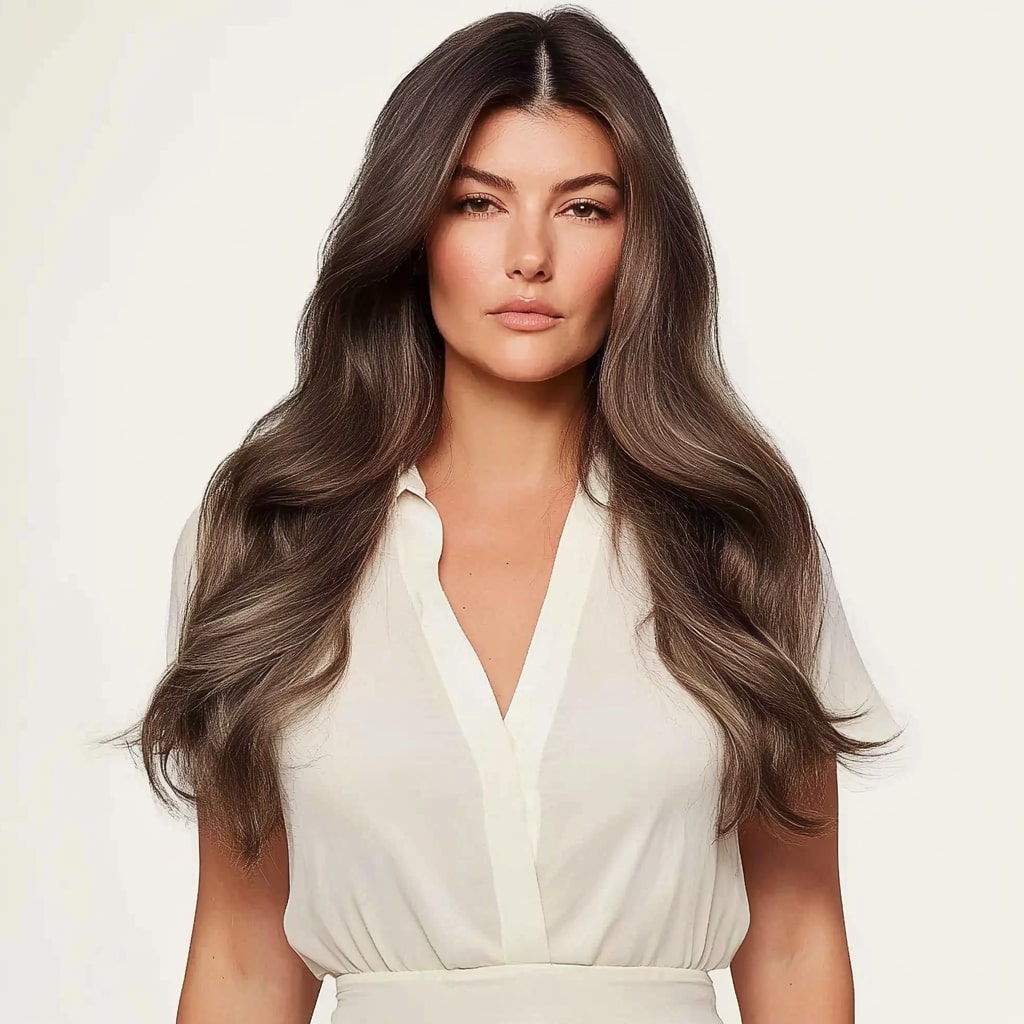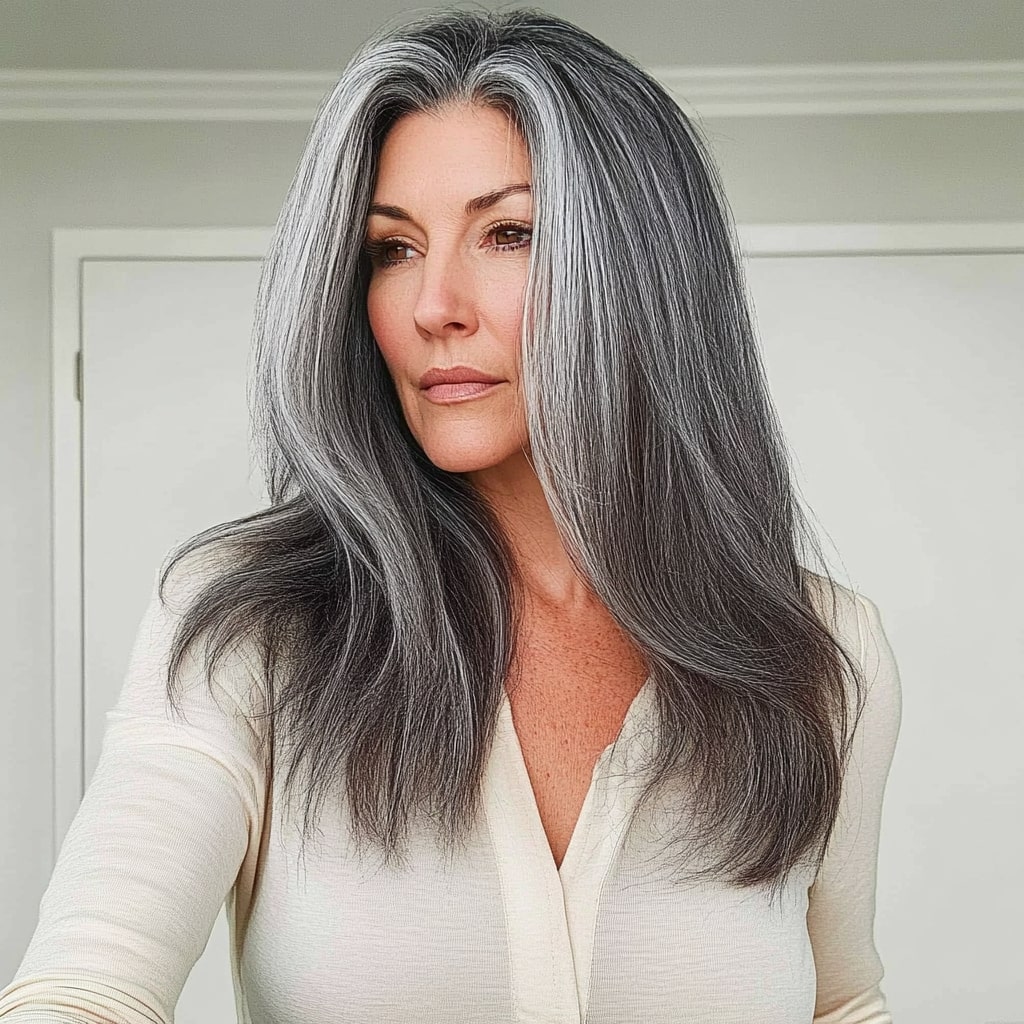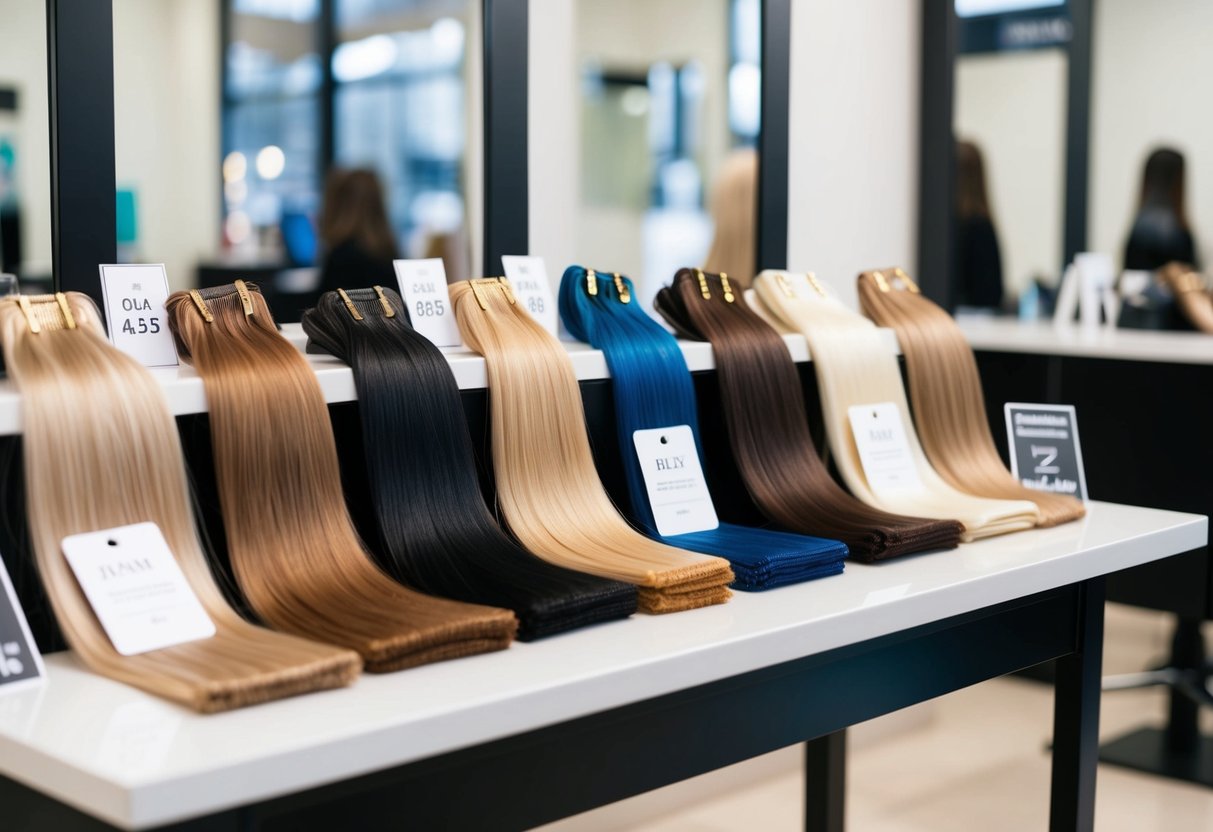The Comprehensive Guide to Tape-In Hair Extensions: Costs, Care, and Considerations
- Sam Conan
- Tape-in Hair Extensions
- Mar 22, 2024
- Reading time: 11 minutes

Introduction
Welcome to the comprehensive guide on the cost of tape-in hair extensions, an essential read for anyone considering enhancing their hair with this popular method. Tape-in extensions have gained immense popularity for their ability to provide length, volume, and even a splash of color to your natural hair. However, diving into the world of hair extensions comes with its set of questions and considerations, especially regarding cost.
Overview of Tape-In Hair Extensions
Tape-in hair extensions are segments of hair attached to small, sticky strips that are then applied close to the root of your natural hair. They're beloved for their relatively easy application and removal process, their natural-looking results, and their durability. But before taking the plunge, it's crucial to understand not just the initial price tag, but the full spectrum of costs involved, from purchase to maintenance.
Importance of Understanding Costs
The allure of transforming your look overnight is strong, but the financial commitment is not insignificant. A clear understanding of the costs involved in purchasing, applying, and maintaining tape-in hair extensions is essential. This guide aims to demystify those costs, helping you make an informed decision that aligns with your beauty goals and budget. From the initial investment in high-quality hair to the ongoing maintenance, we'll break down everything you need to know about the cost of tape-in extensions.
Stay tuned as we delve deeper into what tape-in extensions are, their benefits and drawbacks, and, most importantly, the comprehensive costs associated with this popular hair enhancement method. Whether you're looking for a temporary beauty boost for a special occasion or a more permanent solution to hair concerns, understanding the financial aspect of tape-in extensions is the first step on your journey.
Once you've selected and purchased your tape-in hair extensions, the next step is applying them to your hair. This process can significantly vary in cost depending on whether you choose a professional salon application or decide to apply the extensions yourself. This chapter will explore the financial implications of both routes, offering insights to help you decide the best path for your needs and budget.
Professional vs. DIY Application
Professional Application: Most individuals opt for professional application to ensure the extensions are applied correctly and seamlessly blend with the natural hair. A professional stylist will have the experience and knowledge to place the extensions in a way that is both flattering and minimizes damage to your natural hair.
DIY Application: While it's possible to apply tape-in extensions yourself or with the help of a friend, this route requires a good understanding of the process and proper care to avoid damaging your hair. DIY application can significantly reduce initial costs but comes with the risk of improper placement or damage if not done correctly.
Salon Application: What to Expect
Salon application costs can vary widely depending on the salon's location, the stylist's experience, and the complexity of the application. Here's a breakdown of what to anticipate:
- Consultation Fee: Some salons may charge a consultation fee to discuss your desired outcome and plan the application process.
- Application Fee: This is the primary cost and can range from $100 to $300 or more, depending on the factors mentioned above. This fee typically does not include the cost of the hair extensions themselves.
- Maintenance Visits: Salons will also charge for maintenance visits, which are necessary to adjust the extensions as your natural hair grows.
Cost Breakdown of Professional Application
Considering the need for 3 to 5 packs of extensions for a full head and the application cost, the total expense can quickly add up. Here's an example scenario:
- Hair Extensions: Assuming an average cost of $250 per pack for human hair extensions and requiring 4 packs, the total for the hair alone would be around $1,000.
- Salon Application Fee: With an average application fee of $200, the initial salon visit cost for the application is straightforward.
- Total Initial Cost: Combining the cost of hair and application, the initial outlay could be around $1,200, excluding any consultation fees or additional services.
Making the Right Choice
Choosing between a professional application and a DIY approach depends on several factors, including your budget, experience with hair extensions, and desired outcome. While a professional application ensures a seamless and safe application, it does come at a higher cost. However, investing in a professional service can ultimately save money by reducing the risk of damage and extending the lifespan of your extensions.
In the next chapter, we'll delve into the ongoing costs of maintenance and upkeep, ensuring your tape-in extensions remain in pristine condition and continue to enhance your look.

 My Store Credit
My Store Credit
 Buy Again
Buy Again






